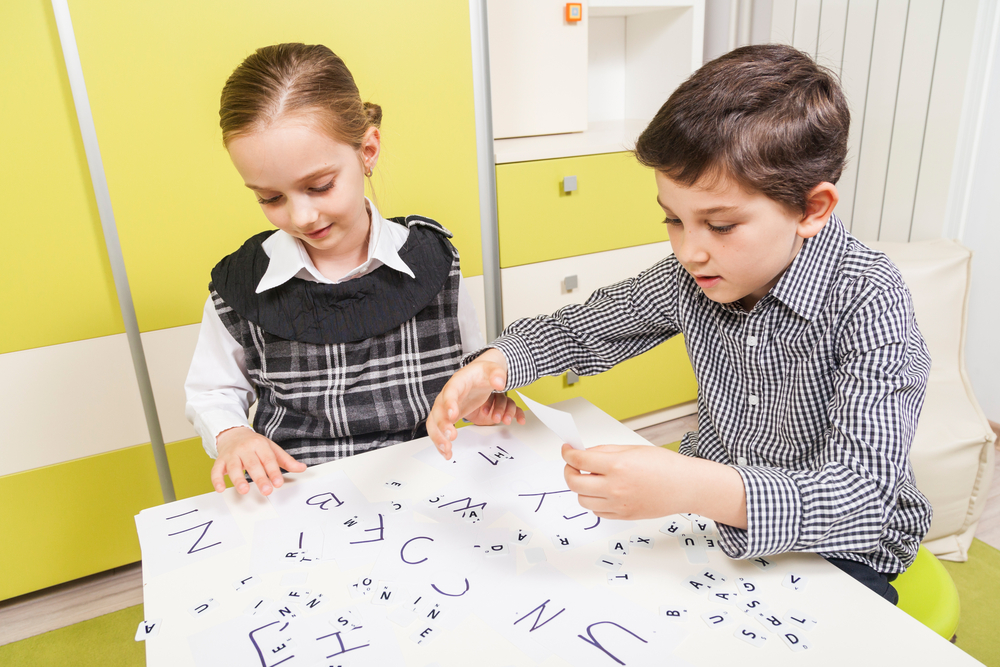Essential Educational Resources for Effective Teaching and Learning
Discover a comprehensive overview of essential educational resources that enhance teaching and learning. From textbooks and software to videos, audiobooks, and open educational materials, explore versatile tools that support diverse learning styles. The article emphasizes the importance of choosing the right resources and establishing disciplined study routines to optimize educational outcomes in modern classrooms and self-directed learning environments.

Essential Educational Resources for Effective Teaching and Learning
Educational tools and materials are plentiful, ranging from physical objects to digital platforms and internet-based resources. The choice of resources depends on the curriculum, learning methods, and objectives. Over time, educational resources have advanced significantly, offering diverse and effective learning options for students, educators, and self-learners. Here are key types of learning materials widely used today.
What Are Educational Resources?
The term broadly refers to any asset, digital or physical, used to facilitate learning. These resources are versatile and reusable, making them essential components of modern education.
Common educational materials include books, online courses, and videos.
Categories of Educational Resources
Depending on usage, resources fall into four main categories:
Instructional Materials
Tools like articles, workshops, and seminars primarily support autonomous learning. They include guided instructions, such as webinars and training sessions, designed for groups or individuals.
Practice Tools
Practicing what has been learned is vital, and resources like research projects, quizzes, simulations, and educational software help evaluate understanding and reinforce knowledge.
Collaborative Learning Tools
Group activities like discussions, online chats, and interactive meetings foster the exchange of ideas and multiple perspectives, enriching the learning experience.
Assessment Resources
Tools such as online tests, certification exams, and self-assessment quizzes are used to evaluate progress and mastery of topics.
Popular Educational Materials
Some of the most widely used resources include:
Textbooks
Staples in education, textbooks provide structured, comprehensive guidance through subjects, forming the backbone of classroom instruction across all levels.
Educational Software
Interactive applications, tutorials, and teaching platforms support remote learning and engaging activities such as flashcards, quizzes, and simulations.
Videos
Video content, from tutorials to animated lessons, aids visual learning and is accessible via platforms like YouTube, making complex topics easier to understand.
Audiobooks
Listening to educational content supports different learning styles. Platforms like Audible and Kindle offer vast libraries of audiobooks for on-the-go learning.
Documentaries
Documentary films stimulate critical thinking and provide in-depth insights into various topics, blending education with entertainment.
News and Current Events
Regular updates through news briefings enhance awareness of societal issues, expand vocabulary, and keep learners informed about global developments.
Lectures and Seminars
Traditional lecture sessions remain a fundamental method for discussing ideas, clarifying doubts, and engaging in interactive discussions.
Open Educational Resources (OER)
Freely accessible materials like open textbooks, courses, and multimedia are vital for self-directed learning. They offer flexibility and broad access but may require careful navigation to find the right content.
Educational resources are diverse, each with strengths and limitations. Selecting appropriate tools and establishing a disciplined study schedule can maximize learning outcomes, making the most of available materials.









